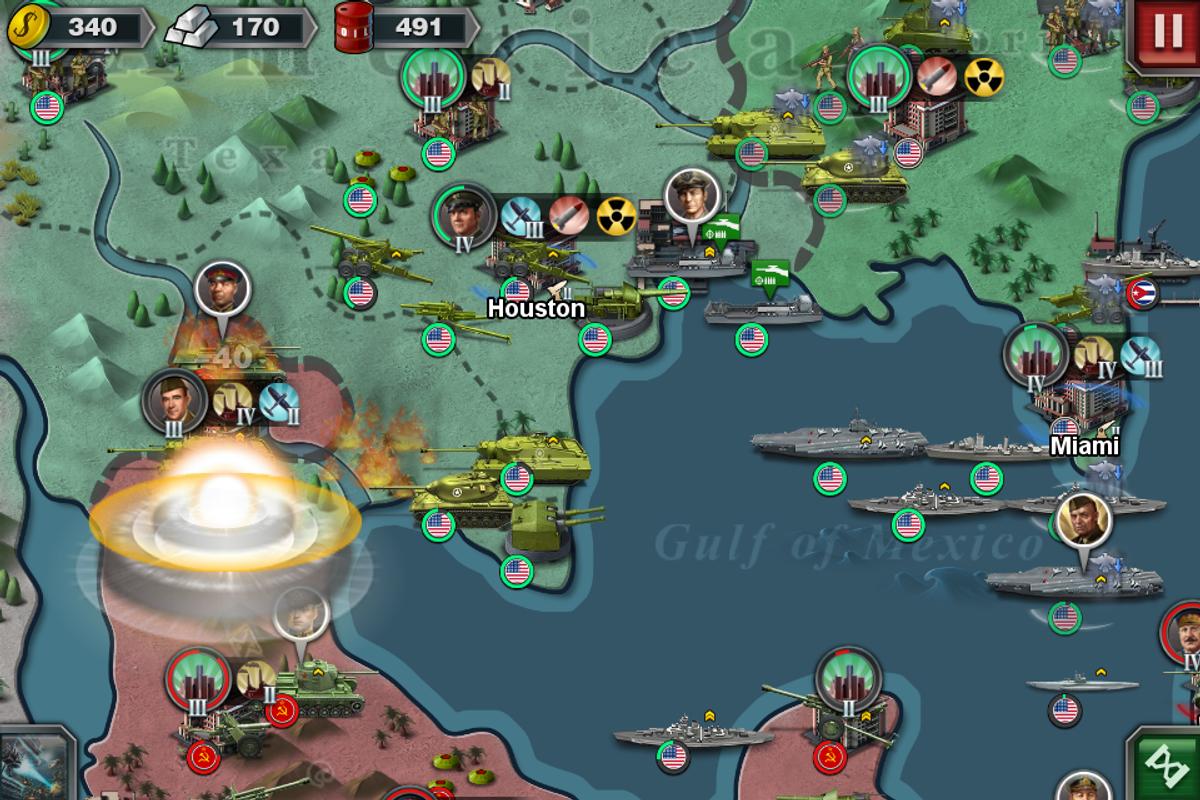


The Comet carried a slightly de-powered version of the 17 pdr, and is considered a genuinely excellent design.Ĭenturion was the result of Britain’s ‘Universal Tank’ idea, something that we today call the main battle tank, or MBT. However after its experiences against thick German armor and anti-tank guns, Britain finally scored a win with not one, but two late war designs, Comet and Centurion. Hampered by bureaucracy, unreliability, weak guns and convoluted doctrines, Britain struggled to field good, well rounded tanks until the very end of the war.

Contentsīritain did not have much luck with its tanks for the majority of WWII. Still, Britain had asked for an IS-3 killing tank, and an IS-3 killing tank is what they received. It was part of a solution to Britain’s realisation during WWII that they were outgunned and out-armored by foreign designs.īut by the time it arrived, the Conqueror, and the wider idea of heavy tanks was already becoming a thing of the past. The FV214 Conqueror was near the top of the food chain and an armored icon of the 1950s, but its development dated back to WWII. Weighing 70 tons and carrying a massively powerful 120 mm gun in a 20 ton turret, this monster was one of the most formidable tanks of its day. The Conqueror was a British heavy tank designed specifically as a counter to the IS-3 first seen by the Allies at the end of WWII.


 0 kommentar(er)
0 kommentar(er)
